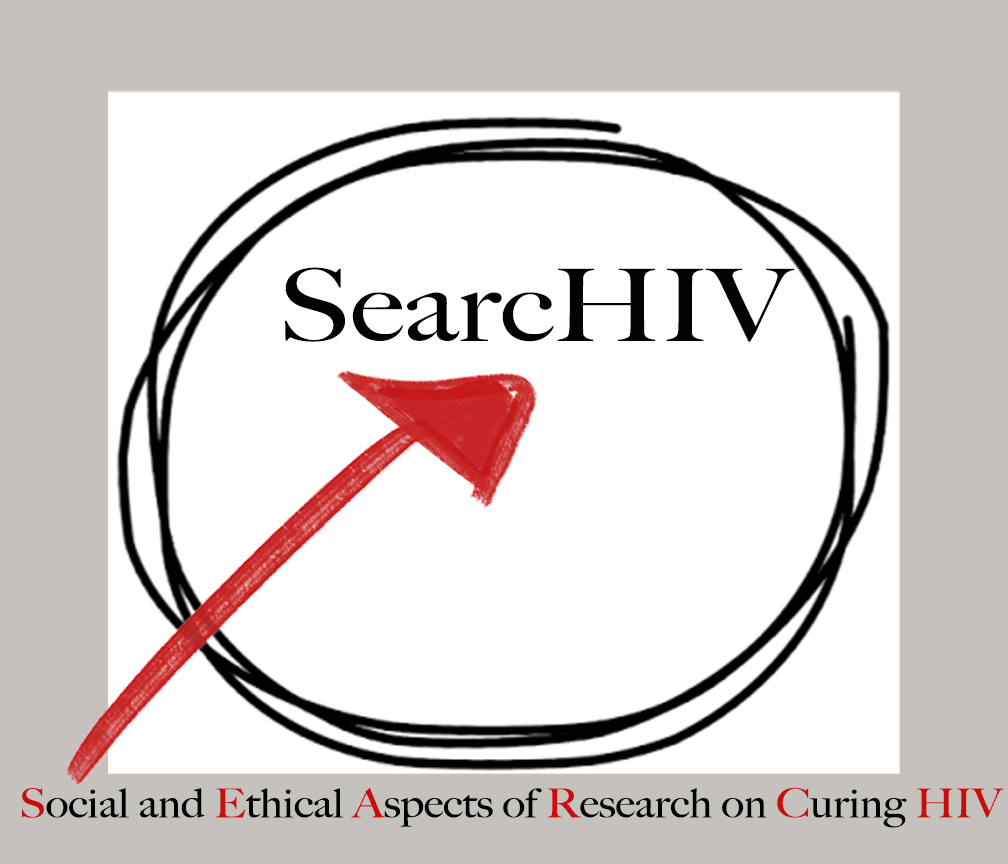By MaryBeth Grewe, MPH

Since the University of North Carolina (UNC) hospital admitted its first patient with AIDS in the early 1980s, research institutions in the Triangle* region of North Carolina have been key players in producing cutting-edge research related to HIV/AIDS, reaching milestones including manufacturing and testing new treatments, participating in the Durban Declaration, decoding an HIV genome’s structure, and pioneering a study on using treatment as prevention (see a timeline here) (UNC Institute for Global Health & Infectious Diseases, 2011).
Today the area continues to be a hub for HIV/AIDS-related research (see UNC CFAR, the UNC AIDS Clinical Trials Unit, Duke CFAR), and given the Triangle’s rich history in HIV research, it’s no wonder that researchers in the area are now embarking on cure research (such as research being done by the CARE Collaboratory).

Cure research brings about many new challenges, and given the vast number and variety of stakeholders in the HIV field in the Triangle, the region is an ideal environment to begin exploring the social and ethical implications involved. The Deep South has been hit hard by the HIV epidemic, and North Carolina is no exception. According to the CDC, the South has some of the highest reported rates of HIV infection in the country and in 2009, 40% of all individuals living with AIDS in the US and 48% of all AIDS-related deaths were in the South. As this map shows, North Carolina falls into the second highest category of HIV infection rate in the US (CDC, 2013).
This North Carolina Department of Health and Human Services report provides further insight into the scope and challenges of HIV in the state. As of December 2012, it was estimated that 36,500 individuals in North Carolina were living with HIV/AIDS, with 1,563 new HIV diagnoses in 2011. Furthermore, there are major disparities within these numbers- for example, the rate of new HIV diagnoses among blacks in 2011 was about 10 times higher than the rate among whites, with the rate of diagnoses among Hispanics being three times higher than whites. 79% of all new male HIV cases in 2011 were among men who have sex with men (MSM) (North Carolina Department of Health and Human Services, 2012).
The Triangle region of North Carolina is the searcHIV United States site. Clearly, the Triangle region is a key area affected by the US HIV epidemic, and given the breadth of research on HIV within the region, a prime location to explore social and ethical issues related to a cure. The many disparities that exist within the HIV epidemic in North Carolina give some indication of the extent of social determinants of HIV and the ways in which social issues affect access to treatment and care in the state. Cure research and the prospect of an HIV cure bring about further social issues to explore. For example, how would a cure affect the disparities that exist within the HIV epidemic in North Carolina? Who is participating in research and why? Whose voices are not being heard? What conversations about HIV cure are already happening in the community and among different groups of individuals affected by HIV? We will be exploring these issues at the Triangle site through connecting with a variety of HIV stakeholders in the region, from researchers, to community service providers, to individuals living with HIV.
*The Triangle is located in the center of the state of North Carolina and includes several well-known cities-Raleigh, Durham, and Chapel Hill, as well as surrounding towns and rural areas, and is home to several universities including the University of North Carolina at Chapel Hill, Duke, and NC State.
References:
Centers for Disease Control and Prevention (CDC). (2013). HIV and AIDS in the United States by Geographic Distribution. Retrieved from http://www.cdc.gov/hiv/statistics/basics/geographicdistribution.html
North Carolina Department of Health and Human Services. (2012). Epidemiologic Profile for HIV/STD Prevention & Care Planning. Retrieved fromhttp://epi.publichealth.nc.gov/cd/stds/figures/Epi_Profile_2012.pdf
UNC Institute for Global Health & Infectious Diseases. (2011). Marking 30 years of AIDS at UNC. Retrieved from http://globalhealth.unc.edu/2011/06/marking-30-years-of-aids-at-unc/


One Response to “Introducing the searcHIV United States Site – the Triangle Region of North Carolina”
The State of HIV Cure - searcHIV
[…] wide range of disciplines. Through collaborations of three sites actively engaged in HIV cure work (Triangle region of North Carolina, USA; Guangzhou, China; and Cape Town, South Africa) we hope to achieve a forum for both shared […]